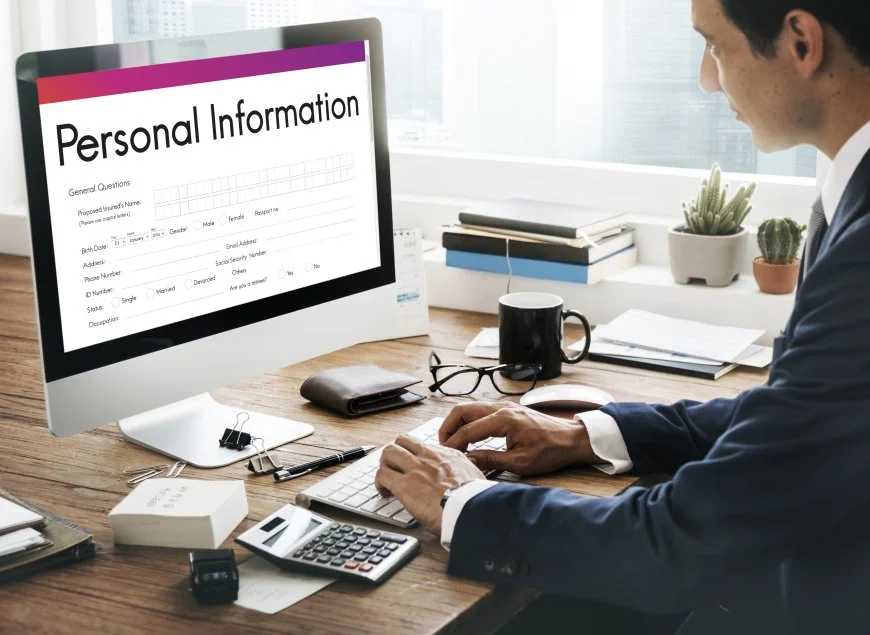Guide to Partner Portal Best Practices
- CRMJetty

- Sep 22, 2021
- 2 min read
“Alone we can do so little, but together we can do so much” – Helen Keller.
This is the motto of businesses today. We are likely to see every business using a partner portal to automate their engagement process in this digital era. However, too often, partner portals fail to deliver the core promise because they lack important features. What are they? How do we know partner portal best practices? Both are fair questions, and in this article, I will try to explain those in a structured way.
What is Partner Portal
A software that helps your business partners collaborate and communicate.
Simple, right? Well, a partner portal is complicated, just like your partner ecosystem. You may have partners from different regions, though selling the same products from one vendor. They may differentiate themselves in various aspects such as their selling scale, reach, business planning, marketing, sales, incentives, etc. A partner portal figures this out and serves them in the best way possible. It allows distributors, resellers, installers, service providers, and other stakeholders to obtain direct access to marketing resources, pricing and sales information, technical details, customers’ data, etc.

How Does Partner Portal Help
Let’s take the example of Cadbury. How do you think they reach every corner of the world? By partnership. The distributors and resellers are Cadbury’s partners in a way. However, not every partner would be the same. Small partners might not have the competency to sell certain products, while a large partner may have it. So, instead of differentiating the products manually, the partner portal will figure it out automatically.
Next, instead of calling higher authorities for purchase orders and delivery status, these distributors and resellers can log in to the portal and check it themselves. They can place their order from their login space, view their targets, accomplishments, and more.
Apart from this, you can leverage multiple propositions like lead generation, sales automation, partnership training, business consulting, etc. A partner portal boosts relationships, improves efficiency, and delivers transparency.
A partner portal depends on subsystems like CRM, learning management, inventory, marketing tools, etc. But developing it requires too much work. Making it work together creates a complex experience. What if you took a different road? What about creating a unified experience that makes it easy for partners to log in, look for information, search and find tools easily within a few minutes? In the below section, we shall see how to do that.
If you want a quick answer, you can consult a team with expertise in partner portal development.
Partner Portal Best Practices to Improve Channel Experience
Populate your partner portal with useful and updated information, train your sales team and partners, engage with them, automate the business process, offer necessary resources, and easy accessibility.
We read about it everywhere. But on the implementation level, how to adopt these are unknown. Hence, we suggest you follow these partner portal best practices to get the most out of it.
Original Source: Here




Comments